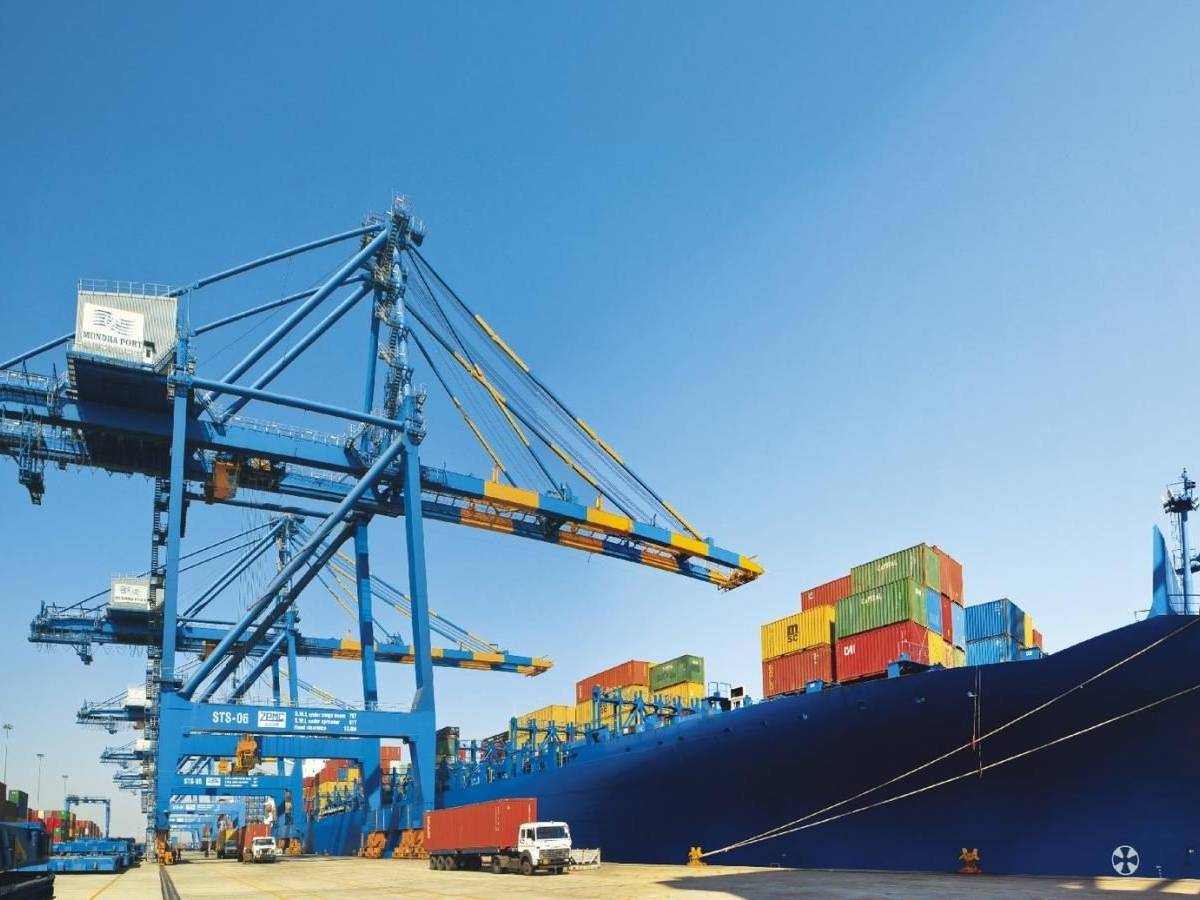
Logistics Community Warns Caution, Diligence As Trump’s New Tariff Kicks In
The global logistics industry is bracing for turbulence as new tariffs imposed by US President Donald Trump come into effect, with professionals urging caution, stricter compliance, and advanced planning to navigate what some are calling the beginning of a “new era of supply chain unpredictability.”
Industry insiders are warning exporters, freight forwarders, and 3PL (third-party logistics) providers to avoid shortcuts and to strictly adhere to customs regulations when shipping to the United States. One logistics official, addressing partners in Asia, said, “With the new tariffs, please be very careful to ship to the USA according to our rules and regulations. There are some who might attempt to be ‘creative’, and there is potential for CET customs intensive exams, storage, demurrage, and customs penalties. I urge you to make sure your team is highly diligent.”
The warning comes as real-time data shows warehouse and port capacities nearing saturation. A verified logistics analyst on X noted, “Some warehouses and ports are already hovering at 90-95% capacity as businesses front-load inventory to dodge rising costs. I spoke to a couple of CEOs of large retailers and 3PLs this morning who echoed similar sentiments. We’re also tracking unprecedented demand spikes for distribution and logistics workers.”
Minimal Direct Impact for Philippine Shipping – But Exporters at Risk
In the Philippines, the Philippine Ports Authority (PPA) has played down the potential disruption to maritime logistics. PPA General Manager Jay Santiago told local media that due to the transshipment nature of most cargo bound for the US—typically routed through China, Taiwan, or Singapore—direct shipping to the US is expected to remain largely unaffected.
However, Santiago warned that the country’s exporters are likely to suffer the consequences of the 17% tariff hike. “Any upward adjustment in the tariffs for our exports to the US would have adverse effects on our exporters. I am sure the government is considering options on how to mitigate the impact,” he said. The Philippines recorded a trade surplus of nearly $4 billion with the US in 2024, and the risk of that shrinking looms large.
Dimerco Report Flags Structural Risks in Asia’s Supply Chain
A new report by global logistics provider Dimerco Express Group has further raised alarm, calling the tariffs a trigger for widespread disruption in supply chains across Asia. Peter Lin, Dimerco’s VP for Ocean Freight, explained that the ongoing shift away from China—now being accelerated by both tariffs and a proposed $1.5 million port tax on Chinese-built or operated vessels—is causing a surge in demand on Southeast Asia’s logistics systems.
“Without rapid improvements in vessel capacity and port infrastructure, we’re heading toward a major stress test in Intra-Asia logistics. The real risk isn’t just cost—it’s congestion, bottlenecks, and unpredictability,” Lin warned.
The Dimerco report outlined potential knock-on effects including increased vessel redeployments, bypassing of smaller US ports, and higher intermodal movement costs. It noted that sectors such as coal and agriculture may be hit particularly hard, with coal export costs projected to rise by 35%, and agricultural exports facing up to $930 million in extra costs.
Philippine Container Yards Tighten
While the Philippines is reportedly free of major congestion at its key ports, Dimerco did flag a high utilisation of container yards, which is affecting the return of empty containers. “Some returns may be diverted outside Metro Manila due to higher imports than exports,” the report stated.
Air freight is also under pressure, with demand expected to spike around the Holy Week holidays. Shippers are advised to secure space at least 2–3 weeks in advance to avoid inflated last-minute rates.
Outlook for 2025
Looking ahead, the report forecasts moderate growth for the ocean freight sector in 2025. However, increased vessel deliveries could lead to overcapacity, softening market rates. Regulatory measures such as the EU’s Emissions Trading System and the IMO’s Carbon Intensity Indicator are also expected to increase operational costs, nudging carriers toward more sustainable but slower shipping methods.
In the face of these changes, logistics professionals worldwide are urging companies to stay informed, collaborate with freight partners, and invest in resilience. As one logistics executive put it, “Buckle up.”













